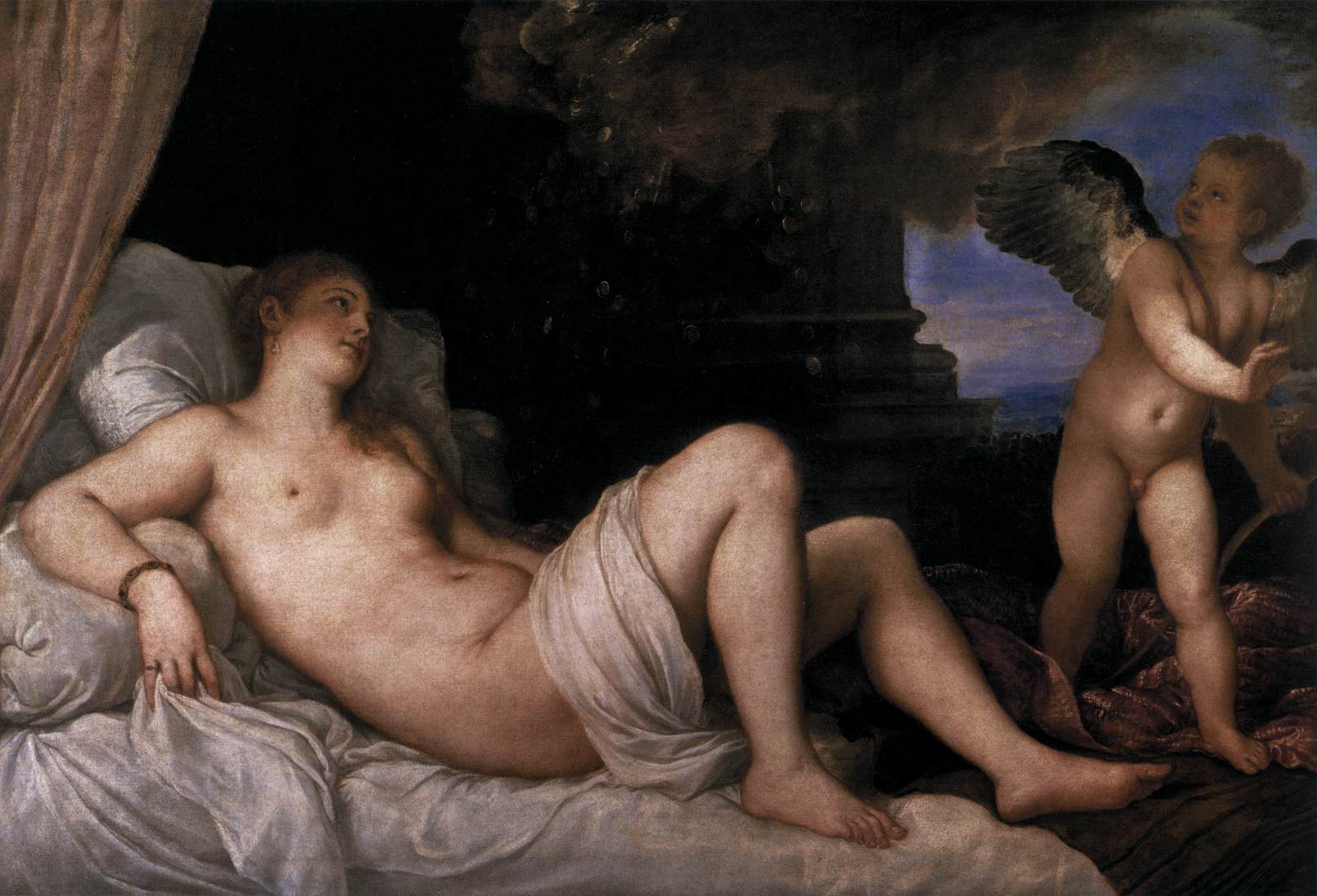 |
| {Capodimonte, Napoli} |
Well, let me back up a few months & catch up on what I didn't do in June. I was back in Naples for a week in June (I lived there at one point when I was a doctoral student, conducting research). I did manage to blog about trips to Capri, the Amalfi Coast (Sorrento), Madonnas, food & drink, the tuttivendoli (streets scenes, various vendors etc)... but I left out a bunch. What's not to be missed in Naples?
#1) You must visit the Capodimonte. The name says it all--it's on the top of the mount, looking over Naples. Not only breathtaking views, but a lovely park, and one wonderful museum. Tourists generally go to Florence to catch a glimpse of Michelangelo's David, they line-up outside the Uffizi to peruse the many Renaissance pictures held therein...or they stand in a weaving queue around the Vatican to visit the papal apartments & the Sistine Chapel. The Capodimonte has numerous treasures, many tourists are unaware of. While it's a short bus ride from the centro storico or only a quick cab, most tourists don't go. There are hidden gems! Sure, plenty from the Neapolitan school (whatever that actually means), which appeals to those (very few I might add) of us, who work on Naples, but there are also great works that would appeal to the more mainstream. & the best thing of all? It's absolutely empty! No trying to get a peek of the Primavera over 100s of bobbing heads, rather you can spend as long as you want in front of some great works as if they were made for your private enjoyment.
The museum holds the Farnese Collections, which includes Titian's famous portraits of Paul III including, Paul III and his Grandons and his well-known Danaë.

 |
| {these two Titian images via web gallery of art} |
 |
| {empty rooms in the Capodimonte (with Titian's famous portrait of Paul III)} |
 |
| {the Capodimonte also has a huge park for walking, picnicking etc...} |
2) Other museums that are recommended must-sees are the Museo Nazionale Archeologico, which contains all the artefacts from Pompeii (not to be missed are the mosaic depicting Alexander at the Battle of Issus and the wall paintings), as well as the fantastic Farnese gems--the most sought-after gems in Italy in the Renaissance, including the Tazza Farnese (important to me because my book (in progress) and most recent article deals with these gems & their circulation). The Castel Nuovo is also a great site--the old castle/fortress of the Aragonese, it boasts the triumphal arch commissioned by Alfonso I d'Aragona of Naples. It also has some breathtaking views if you climb the stairs to the top.
 |
| {great views from the Castel Nuovo} |
 |
| {the fantastic triumphal entry of Alfonso d'Aragona on the arch, Castel Nuovo} |
#3) to enjoy Naples, you just need to walk about. You shouldn't miss a walk along Via Tribunali, while chaotic, this is the heart of the centro storico. Plenty of shops selling wine to laundry detergent.
Make sure to take a turn off of Via Tribunali onto San Gregorio Armeno--the street of presepi. A presepio is a nativity scene and Naples is historically known for the manufacture of various figurines for creches. Even if you aren't going to buy any, it's a delight to see all the figures artfully shown by the various craftsmen along the street:
Naples also has some great antique booksellers near Piazza Mateotti:
#4) You'll want to take a walk along the waterfront towards the park, Villa Comunale. You'll find a lot of Neapolitans beached like whales along the breakwater rocks, but you'll also take in some breathtaking views:
#5) Take a walk around Galleria Umberto I, & nearby you'll find the Teatro S. Carlo, the gardens of the Palazzo Reale, which also houses the National Library (Biblioteca Nazionale, where I worked almost everyday).
 |
| {Galleria Umberto} |
Finally, it's also worth it to grab the funicolare up to Vomero--a wealthy neighbourhood perched on the hill overlooking Naples. It offers a more subdued & quieter side of Naples.
One last bit of advice: try to embrace Naples. It's nothing like Florence-it's chaotic, overwhelming, a little dirty, and loud. But there's a heart to it like no other place in Italy. Once you find that heart, you'll love it forever. That's amore.
If you'd like a guidebook that offers more on the art and cultural history of Italy, I suggest the Blue Guide. They provide detailed info on museums & their collections.
Ciao for now!
L

















No comments:
Post a Comment